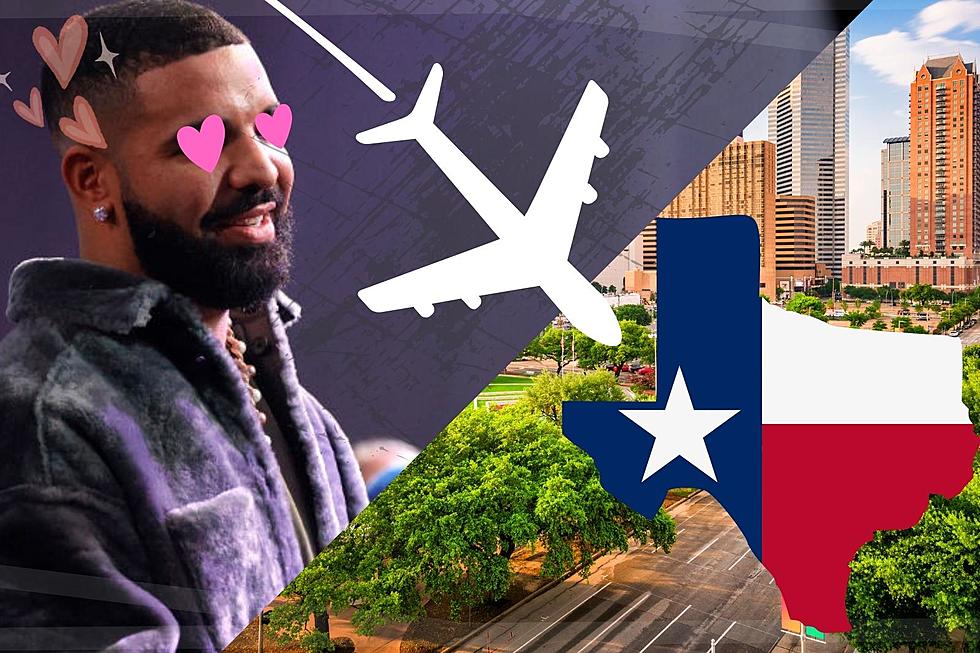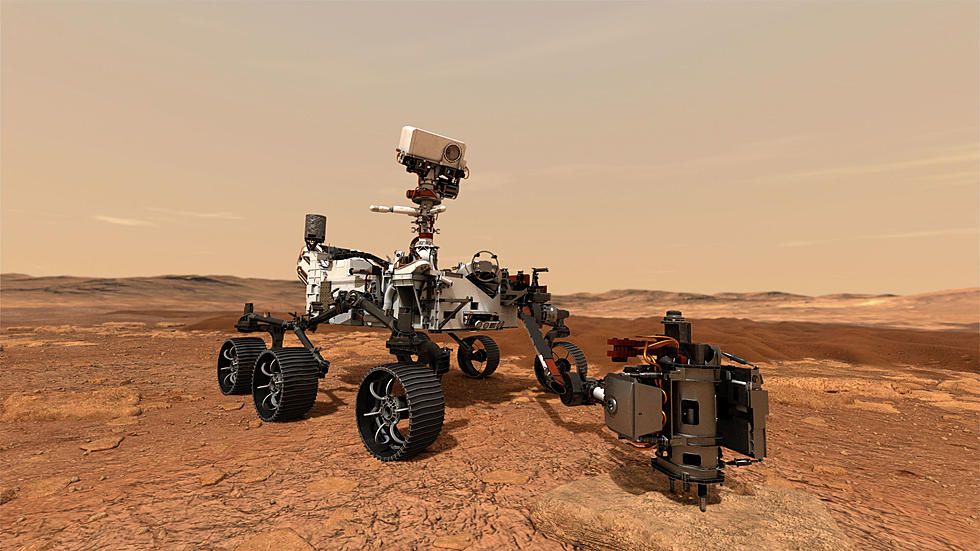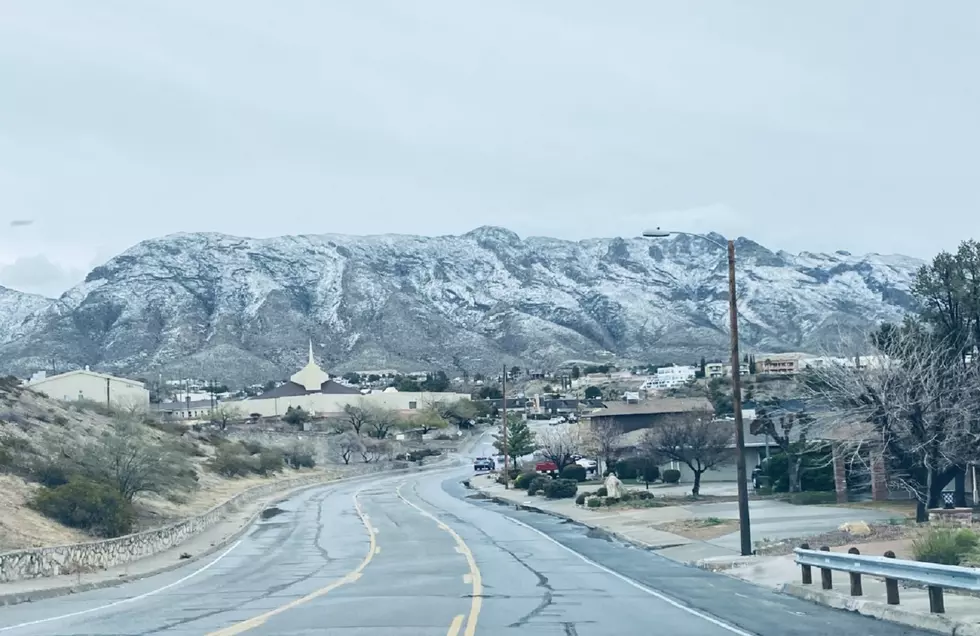
Reject or Abide the Rule About Pointing at Rainbows Despite Myths
Growing up we were always taught to never point at a rainbow for specific reasons. Usually, that reason involved something you wouldn't want to happen, in other words, bad luck. Besides that, added on to your bad luck would be an unwanted growth of some sort.

Clearly, that is all some kids need to hear in order to actually follow an order from their parents. I remember the days of being overdramatic when my friends would purposefully point at a rainbow in the 1st grade. The Navajo Culture even considers pointing at a rainbow as bad luck.
Plus, the Navajo are greatly into nature. But apparently, it seems like different reasons have been circling around. My parents revealed to me that if I pointed at a rainbow I would get a mole. But, hearing others explain what their parents told them was completely different from what I was told.
Others have been told they would grow warts all over their body which sounded the worst. But a lot of us can't help but stop and stare to admire the beauty of the colorful rainbow. We typically like to stop what we're doing and snap a picture of the lovely sight.
Usually, it's the children we have to worry about pointing at a rainbow. The excitement kids have for rainbows overflows every time they see one and can't help but point for others to notice. Sometimes my son forgets and when I remind him not to point he quickly throws down his arm and puts his hands together.
I am curious what you were told as a child growing up when it came to pointing at rainbows. I am sure there are other myths that have circled around that I've wondered about. But there are also people who actually point at rainbows regardless. Feel free to share your parents logic in the poll below.
LOOK: The most expensive weather and climate disasters in recent decades
More From KLAQ El Paso









